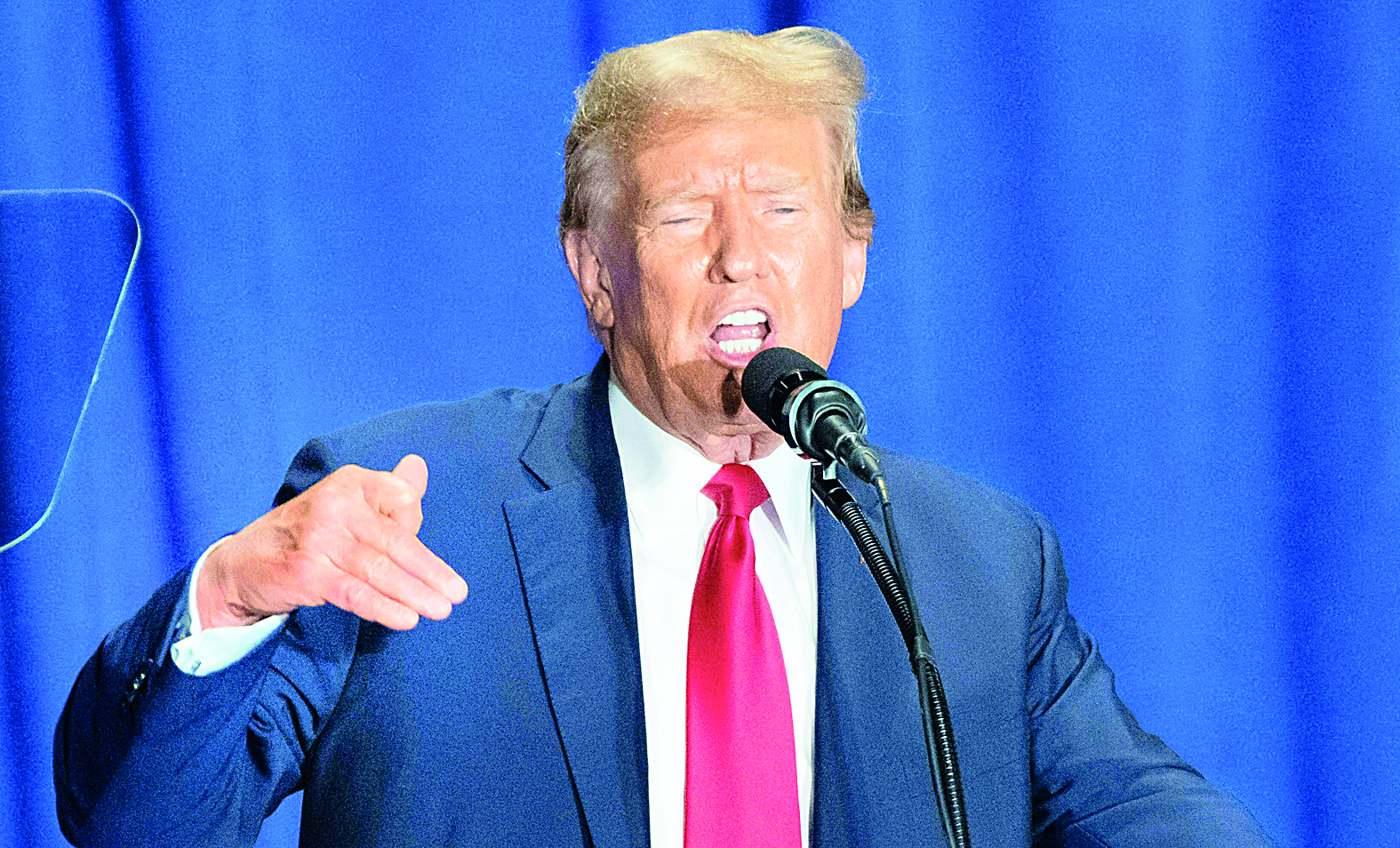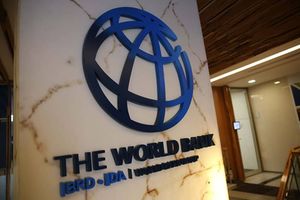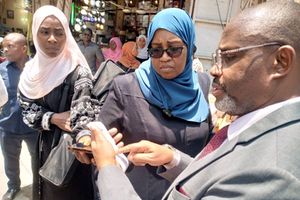The new Tanzanite Bridge: What’s the country’s policy on naming bridges?

An aerial view of the Tanzanite Bridge in Dar es Salaam. PHOTO | FILE
What you need to know:
- During its early days of construction, it was called the New Selander Bridge, but this name seems to have been dropped in favour of Tanzanite Bridge. The word “Tanzanite” has been in vogue in recent years, reflecting the and pride that the tanzanite gemstone is found only in Tanzania. A national women’s soccer team is also named “Tanzanite” - and am told there is a Tanzanite newspaper!
The Tanzanite Bridge in Dar es Salaam was recently opened for public use. It is a lovely structure combining engineering feats and aesthetics, giving a new look to the River Msimbazi Delta. The bridge covers 1.03km across the delta, and its state of the art design combines the characteristics of a girder bridge with a cable-stayed bridge which helps to make it lighter, thus enhancing construction and economic feasibility. With the tonnage capacity of 180, approximately 55,000 vehicles can use the bridge daily. Its 20.5-metre width has two vehicle lanes and a pedestrian lane in both directions, and is expected to reduce traffic congestion to and from the city centre.
During its early days of construction, it was called the New Selander Bridge, but this name seems to have been dropped in favour of Tanzanite Bridge. The word “Tanzanite” has been in vogue in recent years, reflecting the and pride that the tanzanite gemstone is found only in Tanzania. A national women’s soccer team is also named “Tanzanite” - and am told there is a Tanzanite newspaper!
Who decided that the new bridge be named Tanzanite? The (original) Selander Bridge was constructed in 1929 and was named in honour of John Selander, the first director of Public Works in the-then Tanganyika. Engineer Selander died in Egypt in 1920 on his way back to Tanganyika, from holidays in the UK.
This original bridge was getting constrained with time. In 1980, a new bridge was opened, having been constructed with Japanese aid. It became the New Selander Bridge in around 1980s. The old structure is still in place, and could be an important place for tourism. It was, therefore, a tactical blunder that the Tanzanite Bridge was first known as the New Selander Bridge.
This suggests that a policy is needed on naming such important structures. The first fly-over in Dar es Salaam,was named “Mfugale”, and the second was named “Kijazi” in recognition of the services given to the country by these two gentlemen. In both cases, the naming was done by the President.
Some major bridges in the country are named after former Presidents: Mkapa Bridge across the Rufiji (970 metres), Jakaya Kikwete Bridge (River Malagarasi: 275 metres), Nyerere Bridge (Across Kigamboni Creek: 680 metres), and John Pombe Magufuli Bridge at Busisi, Lake Victoria (3,200 metres). The Kilombero Bridge in Ifakara is also called the Magufuli Bridge.
Naming a road, bridge or other transport-related infrastructure is important, as it makes it easy for people and emergency service providers to navigate space. A name can promote community identity by recognising historical, cultural and/or natural linkages. It is also an opportunity to honour individuals for their contribution to society - and also to promote tourism.
Time has now come to have a policy on naming these structures; a policy that would include public debate and practicability. For example: Which status of bridges should be named after national leaders or heroes? Which bridges should take local names? Should all the bridges in the country be named? What system should be followed to do so?
In Dar es Salaam, for example, there is a bridge-naming exercise going on silently, but a number of questions can be asked.
We have the Mlalakuwa River, for example, and there is a Mlalakuwa Bridge in the Lugalo area. But the river has at least three other bridges across it. What should they be called, since they all qualify to be called “Mlalakuwa” bridges? A policy would give guidelines on addressing such issues.
Bridges should not just be named. Some technical, historical and geographical data could be added to the naming, thus making the public better informed.
As for addressing the question of traffic congestion, there is a possibility of the Tanzanite Bridge attracting too much traffic on itself, thus resulting in traffic snarls-up. When the new Selander Bridge was opened in 1980, it was hailed as a solution to the congestion over the old bridge. But, the new bridge also had the approach roads to it widened to four lanes - and, as time went by, traffic congestion increased.
Roads and bridges have impacts on land values and land uses. The Tanzanite Bridge, together with the reconstructed and widened approach roads, will possibly enhance land values. But, these may take a dip in the future, should traffic congestion become notorious.
For the time being, however, it is all plain sailing for motorists as they enjoy a magnificent view of the Indian Ocean.
If you have a chance, do take a ride there. Better still, take a stroll along the new Tanzanite Bridge for a thrilling experience.




